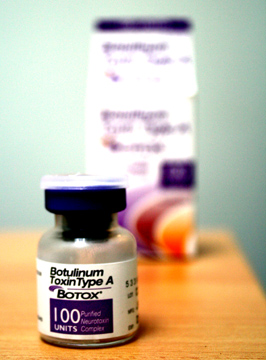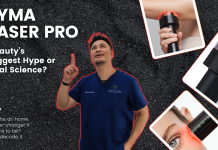
It is easy to take things for granted. I handle Botox® on a daily basis so much so that I do not even thing about how serendipitously how cosmetic Botox® comes about!
Husband and wife team makes good
About 20 years ago, Dr Jean Carruthers, an Canadian ophthalmologist, noted a very interesting phenomenon when treating one of her patients with Botolinum toxin (a toxin secreted by the Botolinum bacteria) who had uncontrollable twitching and blinking of the eyes (blepharospasm) – even after her blepharospasm had resolved, she continued coming back, asking Dr Carruthers for more!. What happened was, every time the patient received the injections, the wrinkles between her brows disappeared, making her look more relaxed, and younger!
Botox: Earliest associations
As some of you may know, Botox® does have more sinister associations, in the 1820s, German scientist Dr Justinus Kerner was one of the first to notice a link between spoiled sausages and food poisoning which could lead to drooping eyelids, weakness, and even death. He named the responsible agent “Wurstgift”, or “sausage poison”.
Medical uses of Botox in the 1980s – and how Botox got its name
Botox had earlier therapeutic uses, since the 1980s, Dr Alan B Scott used it for the treatment of strabismus (eye squints). Additional research showed the drug’s benefits went beyond ophthalmology, providing patients with temporary relief from facial spasms, neck and shoulder spasms, even vocal cord spasms. Then in 1988, Allergan, a phamaceutical company specializing in eye care products then, acquired the rights to distribute Dr Scott’s Botulinum A toxin. Allergan also coined the name we are so familiar with today – BOTOX.
Personal experience With Botox
Today, Botox® is so commonplace that it is impossible to escape from it, with good reason. It is remarkably safe, and I perform Botox procedures daily. It has many many cosmetic and therapeutic uses, and the results are simple amazing. It has changed the face of cosmetic dermatology forever, and will continue to be the object of discussion, controversy, love, and yes, unfortunately, bad press, in many years to come. The key is to get it performed by a pair of safe hands.

















